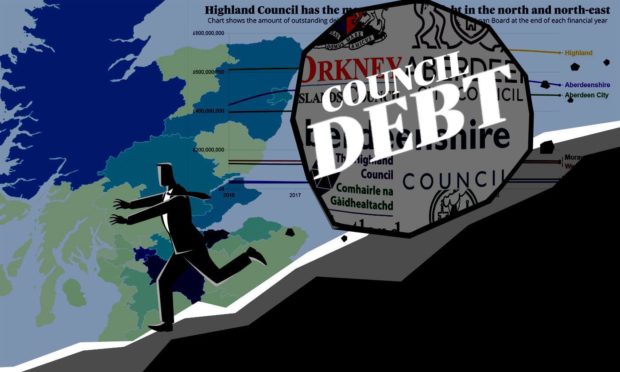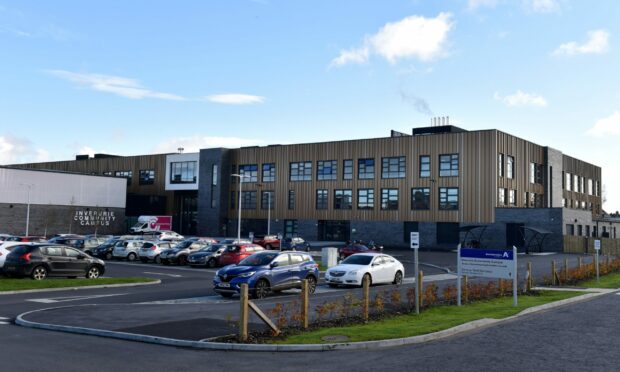Scottish councils slashed £275 million from their £10 billion debts to the Treasury last year as work on major projects ground to a halt during the pandemic.
Official data shows that most local authorities were able to cut the amount they owed in outstanding loans, with the total falling for the first time in five years, as borrowing for building schemes was put on hold because of lockdown.
One leading councillor said it had helped balance the books, and was “one of the few positives” from last year.
Councils routinely borrow money to invest in in capital building projects such as new schools, leisure and cultural facilities, flood defences and road infrastructure.
A key source of the funding is the Public Works Loan Board (PWLB), which is operated by the UK Debt Management Office on behalf of the Treasury.
Concerns have been raised in recent years about the rising level of debt at councils, including the risks involved in investing in commercial property, as well as the need to make payments on the loans from day-to-day budgets for services.
The amount owed by Scotland’s local authorities had risen in each of the four years before the pandemic, from £8.8bn at the end of 2015/16 to £10.6bn in 2019/20.
This included a sharp increase in debt of almost £1bn between 2018/19 and 2019/20, linked to a surprise 1% hike in interest rates from the Treasury.
Figures for 2020/21 have now confirmed that the upward trajectory was halted last year, with the 32 authorities able to reduce the amount they owed from about £10.63bn to £10.35bn.
It followed delays to work on big capital projects, such as the £55m Inverurie Community Campus or the £58m Madras College in St Andrews.
Highland Council, which has the fourth highest debt to the PWLB after Edinburgh, South Lanarkshire and Glasgow, reduced its bill by £16m to £698m.
Aberdeenshire cut its debt to the Treasury by more than £32m to £533m, while Aberdeen City’s dropped by £5m to £480m, and Moray’s fell by £2.3m to £142.7m.
Dundee City’s amount outstanding reduced by £8m to £460m, Fife Council cut its debt by £8.7m to £540m, at Perth and Kinross it was down by £7.5m to £490.5m, and at Angus it fell by almost £3.5m to £111m.
Aberdeenshire Council’s deputy leader Peter Argyle said the trend, and the lower resulting repayments from day-to-day budgets, would have “helped us balance the books this last financial year”, and was “one of the few positives, I guess, from what was a pretty dodgy year one way or another”.
He added: “If work doesn’t go ahead, we don’t borrow the money. We just borrow the money as and when we need it.
“A huge number of projects, right across the board, were stopped, so that has obviously had an impact on the amount of money we’ve drawn down from the Public Works Loan Board.”
A spokesman for local authority umbrella body Cosla said: “Council capital programmes are financed using a variety of sources, including borrowing and grants.
“The level of Scottish Government general capital grant fell between 2019/20 and 2020/21, from £712m to £468m, there were significant increases to PWLB borrowing rates in October 2019, and Covid impacted significantly on building programmes for most of financial year 2020/21.”

